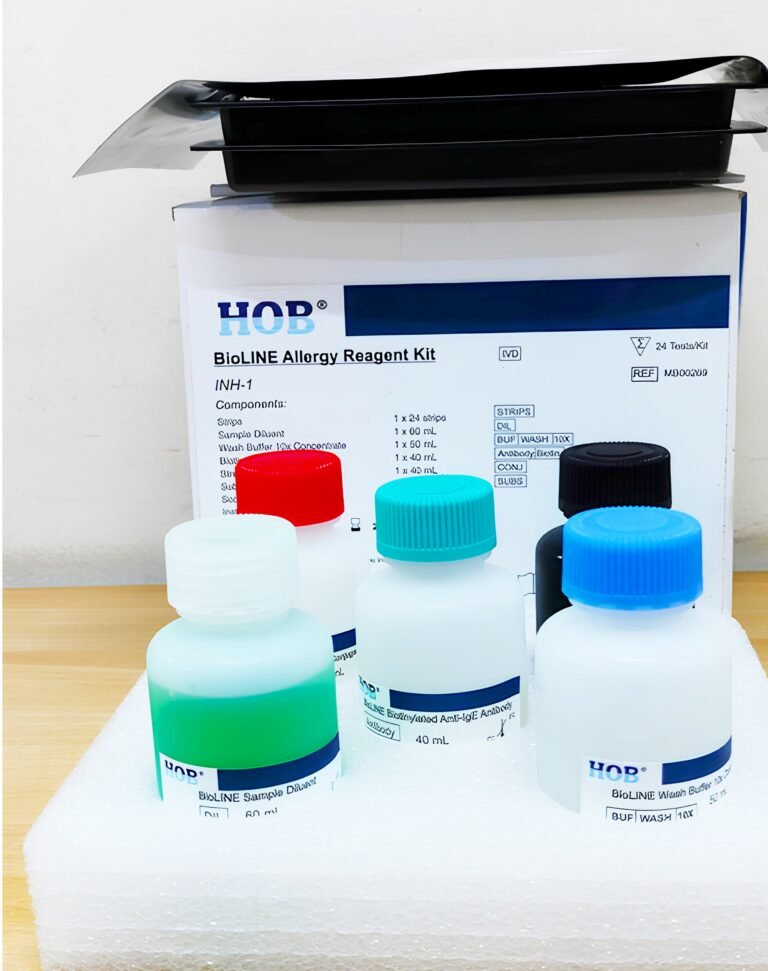Unveiling the Power of ANA Diagnostic Tests: Decoding the Language of Autoimmune Disorders
In the intricate realm of healthcare, diagnosing autoimmune disorders can be akin to solving a complex puzzle. One essential tool that aids in unraveling this puzzle is the Antinuclear Antibody (ANA) test. This diagnostic test plays a pivotal role in identifying various autoimmune conditions, shedding light on the body’s immune system and its interactions with its cells. In this blog post, we will explore the significance of ANA diagnostic tests, their procedure, and the invaluable insights they provide to healthcare professionals.
Understanding ANA and Autoimmune Disorders:
Antinuclear antibodies (ANAs) are antibodies that target the nucleus of cells. While the presence of ANAs in the bloodstream is normal, an elevated level may indicate an autoimmune disorder. Autoimmune disorders occur when the immune system, responsible for protecting the body from harmful invaders, mistakenly attacks its cells, leading to many health issues.
Why ANA Testing Matters:
Early Detection of Autoimmune Disorders:
ANA testing is crucial for early detection of autoimmune disorders such as lupus, rheumatoid arthritis, and scleroderma. Early identification allows healthcare professionals to intervene promptly, potentially preventing further damage and improving patient outcomes.
Comprehensive Assessment:
ANA tests provide a comprehensive assessment of the immune system’s activity. The results help healthcare providers differentiate between autoimmune and other types of diseases, facilitating accurate diagnosis and treatment.
Monitoring Disease Progression:
For individuals already diagnosed with autoimmune disorders, ANA testing is instrumental in monitoring disease progression. Regular tests enable healthcare professionals to adjust treatment plans as needed, optimizing patient care.
The ANA Test Procedure:
The ANA test involves taking a small blood sample, usually from a vein in the arm. The blood is then analyzed to determine the presence and pattern of antinuclear antibodies. The results are typically reported as a titer and a pattern. The titer indicates the concentration of ANAs, while the pattern describes the specific way in which the antibodies bind to the cells’ nuclei.
Interpreting ANA Test Results:
Interpreting ANA test results requires a nuanced understanding of the patient’s medical history, symptoms, and other diagnostic tests. A positive result doesn’t necessarily confirm a specific autoimmune disorder but signals the need for further investigation. Conversely, a negative result doesn’t rule out autoimmune conditions entirely.
Conclusion:
In the intricate landscape of autoimmune disorders, ANA diagnostic tests serve as indispensable tools for healthcare professionals. By deciphering the language of the immune system, these tests enable early detection, accurate diagnosis, and ongoing monitoring of autoimmune conditions. As medical science advances, ANA testing continues to be a cornerstone in understanding and effectively treating autoimmune disorders, ultimately paving the way for improved patient care and quality of life.







